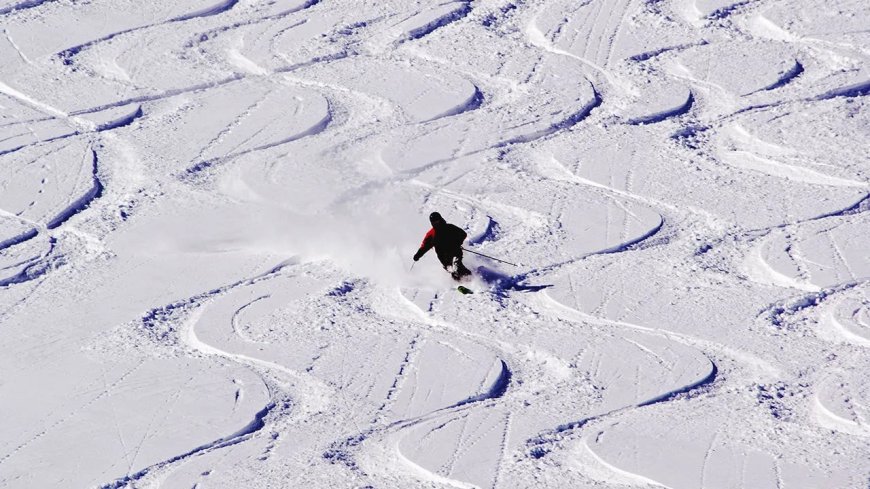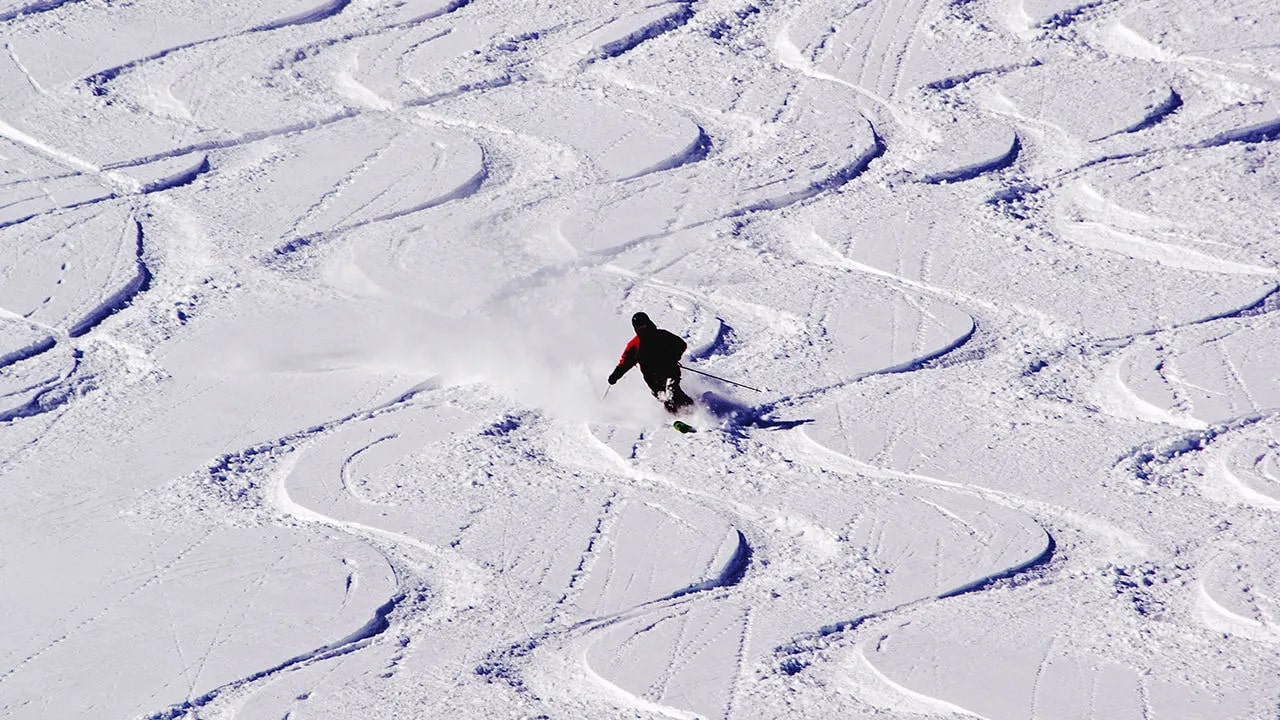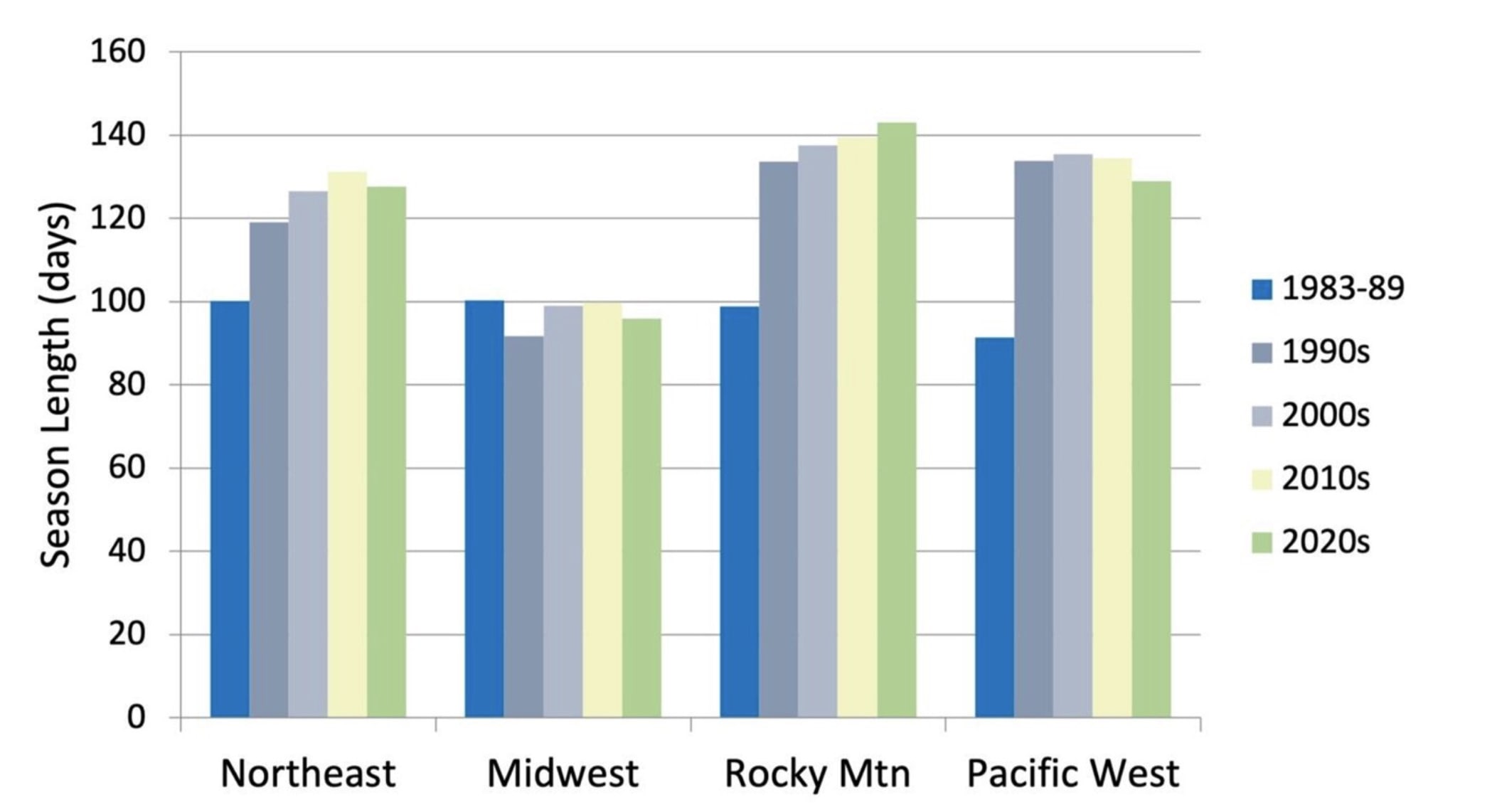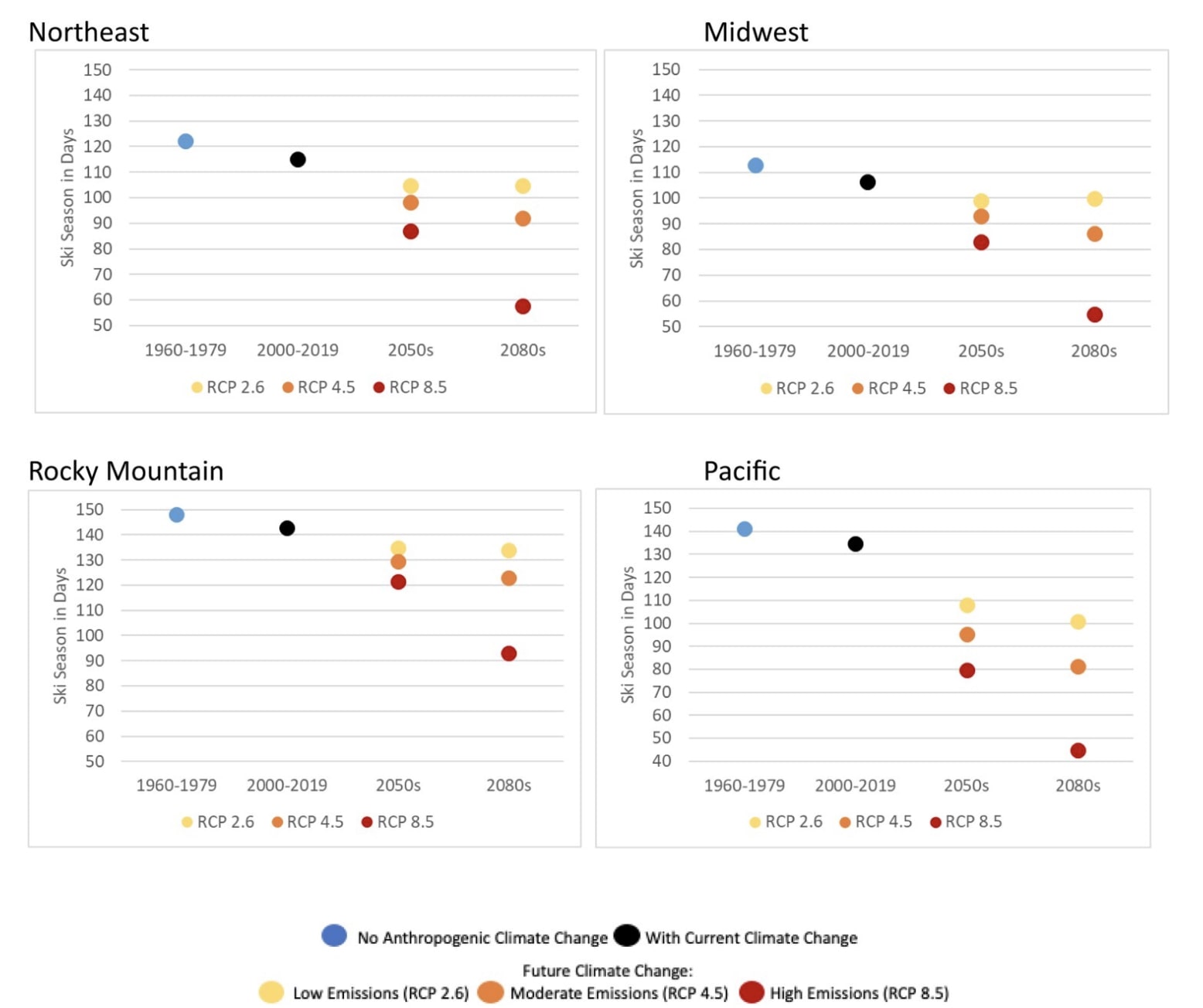U.S. Ski Industry Set to Lose Billions Due to Climate Change – SnowBrains
U.S. Ski Industry Set to Lose Billions Due to Climate Change SnowBrains

Impact of Climate Change on the Ski Industry

Introduction
2023 was the hottest year on record globally. The effects of anthropogenic climate change have been particularly severe in mountain regions, leading to less snow, lower snowpacks, and warmer winters. This article examines the impact of climate change on the ski industry and emphasizes the importance of achieving the Sustainable Development Goals (SDGs) in addressing this issue.
Shorter Ski Seasons and Reduced Snowmaking Opportunities
- Resorts have experienced shorter ski seasons due to increased variability in natural snowfall throughout the season.
- Warmer temperatures have led to variable snow conditions and reduced opportunities for snowmaking.
- Mount Bohemia in Michigan had to close earlier than expected this year due to a lack of snow.
Study on Climate Change and Ski Seasons
- A study conducted in the United States showed that the average ski season has shortened between 5.5 and 7.1 days from 2000-2019 compared to the period from 1960-1979.
- Projected effects of climate change suggest that winter ski seasons in the United States could shorten to 56 days if emission reduction goals are achieved, and as little as 53 days if current high emissions continue.
- The study highlights the inability of snowmaking to offset the impacts of climate change, leading to increased maintenance costs.

Economic Impacts
- The U.S. ski industry will face significant economic damages due to climate change.
- Reduced ski season length will result in fewer days for revenue generation from skier visits.
- Snowmaking and grooming costs will increase, along with operational costs for water, energy, and fuel.
- Overall, the quality of snow conditions will decline, reducing the consumer surplus value of ski tourism.
Advocating for Climate Action
- Economic losses from climate change in the ski industry have already been substantial, with an average loss of $252.8 million from 2000-2019.
- Estimates suggest that the average economic loss nationally for the 2050s could range from $657 million to $1.3 billion.
- To ensure the future of the U.S. ski industry, it is the responsibility of skiers, snowboarders, and ski resort companies to advocate for climate action and protect our mountains.

You might also like:
SDGs, Targets, and Indicators
1. Which SDGs are addressed or connected to the issues highlighted in the article?
- SDG 13: Climate Action
- SDG 8: Decent Work and Economic Growth
- SDG 12: Responsible Consumption and Production
2. What specific targets under those SDGs can be identified based on the article’s content?
- SDG 13.1: Strengthen resilience and adaptive capacity to climate-related hazards and natural disasters.
- SDG 8.5: By 2030, achieve full and productive employment and decent work for all women and men, including for young people and persons with disabilities, and equal pay for work of equal value.
- SDG 12.2: By 2030, achieve the sustainable management and efficient use of natural resources.
3. Are there any indicators mentioned or implied in the article that can be used to measure progress towards the identified targets?
- Indicator for SDG 13.1: Average ski season length and changes over time.
- Indicator for SDG 8.5: Economic losses to the ski industry due to climate change.
- Indicator for SDG 12.2: Reduction in snowmaking requirements and associated costs.
Table: SDGs, Targets, and Indicators
| SDGs | Targets | Indicators |
|---|---|---|
| SDG 13: Climate Action | 13.1: Strengthen resilience and adaptive capacity to climate-related hazards and natural disasters. | Average ski season length and changes over time. |
| SDG 8: Decent Work and Economic Growth | 8.5: By 2030, achieve full and productive employment and decent work for all women and men, including for young people and persons with disabilities, and equal pay for work of equal value. | Economic losses to the ski industry due to climate change. |
| SDG 12: Responsible Consumption and Production | 12.2: By 2030, achieve the sustainable management and efficient use of natural resources. | Reduction in snowmaking requirements and associated costs. |
Behold! This splendid article springs forth from the wellspring of knowledge, shaped by a wondrous proprietary AI technology that delved into a vast ocean of data, illuminating the path towards the Sustainable Development Goals. Remember that all rights are reserved by SDG Investors LLC, empowering us to champion progress together.
Source: snowbrains.com

Join us, as fellow seekers of change, on a transformative journey at https://sdgtalks.ai/welcome, where you can become a member and actively contribute to shaping a brighter future.







